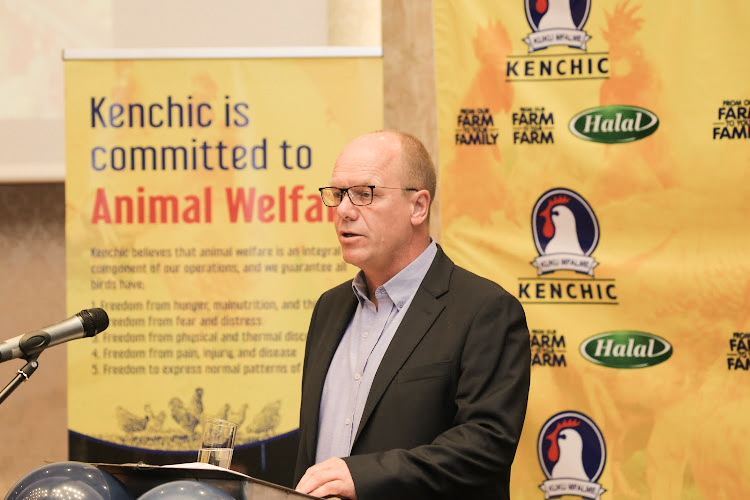Kenchic, a leading player in Kenya’s poultry industry, has unveiled its new ‘Kenchic Mtaani’ butcheries to formalise the meat distribution sector and broaden consumer access to safe, quality protein.
The outlets have been strategically launched in high-traffic urban and peri-urban areas, including Rongai, Utawala, Syokimau, Thika, Karen, Eldoret, and Narok.
By building a proprietary retail network, Kenchic aims to strengthen control over its supply chain—from farm to counter—ensuring traceability and hygiene standards throughout.
“Our priority has always been the health of our consumers and the communities we serve,” said Kenchic Managing Director Jim Tozer. “The introduction of Kenchic Butcheries is our response to the rising demand for trusted, safe, and nutritious protein amidst growing food safety concerns in the country.”
Each Kenchic Mtaani outlet offers halal-certified chicken and beef products, with future plans to include goat, lamb, and fish.
Kenya’s Poultry Consumption Shows Modest Growth but Remains Low
Kenya’s per capita poultry meat consumption remains low, with FAOSTAT data indicating 1.70 kg per person in 2021, a 26.9% increase from 1.34 kg in 2020, yet ranking Kenya 154th out of 165 countries globally.
This figure is significantly below the global average of approximately 14.7 kg and reflects historical fluctuations, with a peak of 2.65 kg in 2018 and a low of 0.49 kg in 1999.
Additionally, a 2019 KNBS survey reported per capita consumption of all meat, including poultry, at 16 kg annually, with poultry constituting a significant portion, alongside 45 eggs per person per year.
The poultry sector, producing over 35,000 tonnes of meat and 1.6 billion eggs annually, is poised for growth, with projections estimating a rise to 164,600 metric tonnes of poultry meat consumption by 2030, driven by a population projected to reach 56.999 million by 2025 and 96 million by 2050.
Urbanisation, with nearly 50% of Kenyans expected to live in urban areas by 2050 (up from 27% in 2019) and a projected 140% increase in GDP per capita, further fuels demand for poultry as an affordable and space-efficient protein source compared to other livestock.
Kenchic’s initiative aims to bridge this consumption gap by delivering affordable, traceable meat tailored to the mass market, addressing both accessibility and food safety concerns in a rapidly urbanising and increasingly affluent population.




